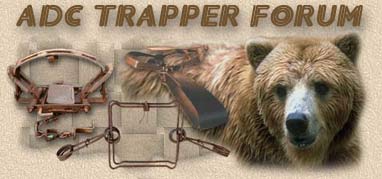The name of our occupation seems to vary based on who is discussing it.
In the general public's eye we are performing pest control. When they need an animal dealt with, unless they've been trained otherwise, they search for pest control companies for a solution. Of course, it doesn't help that the definition of pest in most states includes "any animal or insect that is causing damage or could cause damage".
In academia, this occupation is mainly referred to as wildlife management or wildlife damage management based on what is occurring. The definitions used by Michael Conover in his book Resolving Human-Wildlife Conflicts, The Science of Wildlife Damage Management are “Wildlife management can be defined as the act of influencing or modifying the wildlife resource to meet human needs, desires, or goals. Anything that a wildlife species does that causes human injuries or illnesses, economic productivity loss, physical damage, or a reduction in a person's quality of life or well-being would be considered wildlife damage."
In most states that have programs and regulations, our field is referred to as nuisance wildlife control.
In federal regulations, our field isn't really mentioned but the act that gives authority for Wildlife Services, the Animal Damage Control Act of 1931, has lead to the catch phrase of ADC or animal damage control.
In the pest control industry, our activities are generally referred to as wildlife control or wildlife management.
Personally, I break it down to where the activities are being performed. If you are working primarily in an urban area you are performing wildlife control activities. If you are working primarily in a suburban area you are performing wildlife damage management. If you are working primarily in a rural environment then you are performing animal damage control.
I like these differences since based on location you have certain options available that are not available at other locations. When performing ADC, it is mainly in agricultural or low population densities so lethal control as a capture tool can be frequently used to achieve results. Your focus is to stop the damage by removing the problem animals as quickly as possible. That's it, no repairs no habitat modification just removal.
When working in a suburban area, you may have lethal control abilities; however, you also have more restrictions on how you can use lethal control. Here, you can use the broadest range of techniques and equipment to solve the problem. It may be anything from providing alternative roosts and/or food to animal removal through lethal control to capture and structure repairs. So based on the clients needs, animal conflict, and your abilities you can provide different solutions to resolve the conflict. When you have a range of options to choose from it is more of a management scenario, hence wildlife damage management.
Yet when working in an urban environment, most areas severely restrict what activities you can do to resolve the issue. Trap specifications, repellants, and very limited lethal capture techniques creates more of a control response. In other words, you can't really stop the animal or provide them alternatives. All you can do is stop them usually by cage trap removal or exclusion and offer repairs for any damage created.




![[Linked Image]](8a3gq5-1.jpg)


